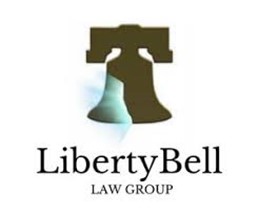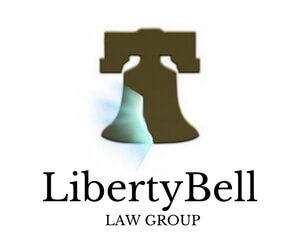Prescription Drug Fraud Defense in California
Introduction
Prescription drug fraud is a growing concern in California, especially with the widespread misuse of opioids and other controlled substances. Law enforcement agencies and prosecutors aggressively pursue these cases, which can range from forged prescriptions to “doctor shopping” and illegal distribution. Whether the charges stem from a misunderstanding or a mistake, the legal consequences can be severe—including felony charges, fines, and jail time.
This article provides an overview of California’s prescription drug fraud laws and outlines key defense strategies that can be used to fight the allegations.
What Constitutes Prescription Drug Fraud?
Prescription drug fraud generally involves the unlawful acquisition, possession, or distribution of a controlled substance through deception or misrepresentation. Under California Health & Safety Code §11173 and §11368, common examples include:
- Forging or altering a prescription
- Using another person’s prescription
- Obtaining multiple prescriptions from different doctors (“doctor shopping”)
- Impersonating medical personnel to obtain drugs
The drugs most commonly involved include oxycodone, hydrocodone, Xanax, Adderall, and other Schedule II–IV substances. These offenses are typically charged as felonies but may be reduced to misdemeanors under Proposition 47 for certain first-time, non-violent offenders.
Penalties for Prescription Drug Fraud
Convictions for prescription fraud can lead to:
- Up to 3 years in county jail (or more if charged federally)
- Fines of up to $10,000
- Probation, mandatory treatment, or drug diversion programs (in qualifying cases)
Additional consequences may include the suspension of professional licenses for healthcare workers or pharmacists, and long-term effects on employment, immigration status, and firearm rights. A strong defense is essential to avoid or reduce these penalties.


Write a comment: